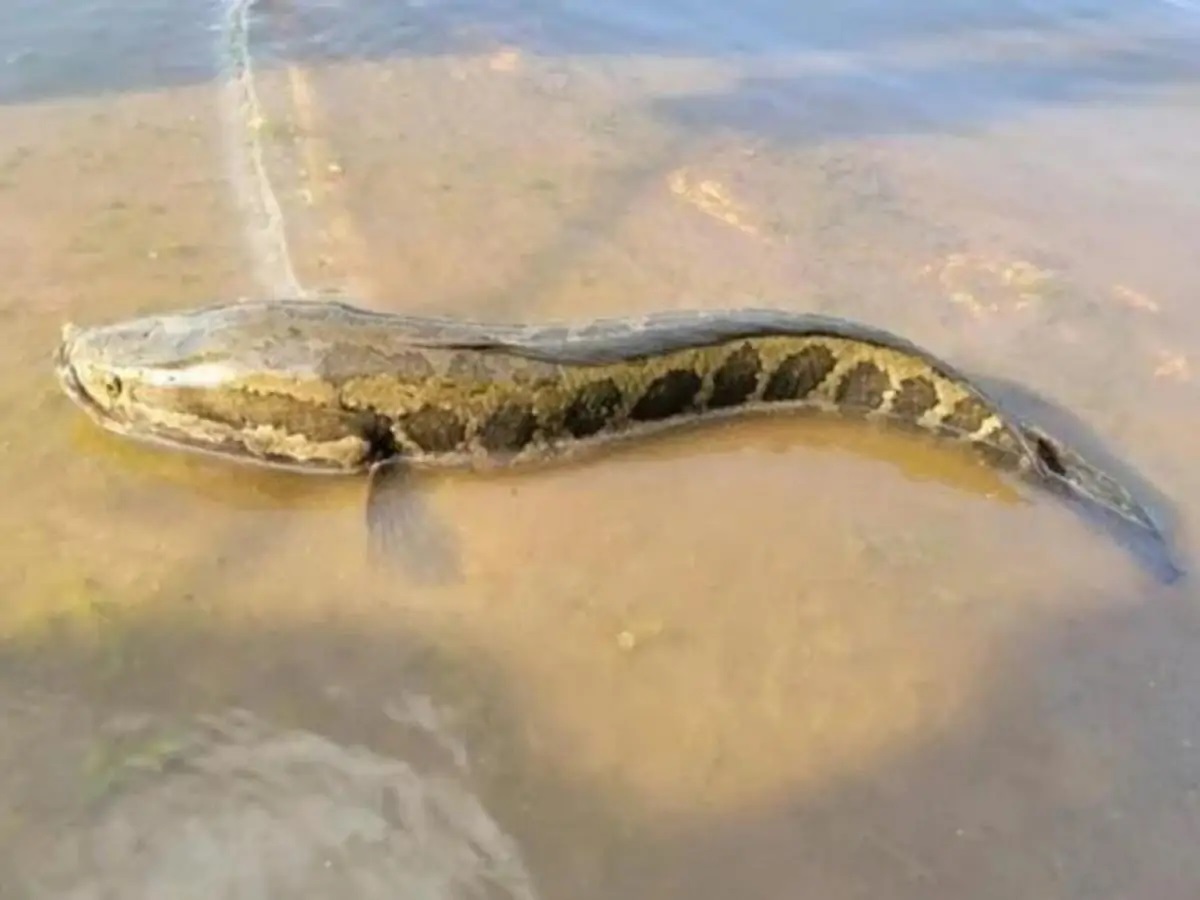A land-capable invader rattles North Atlantic waters
In the heart of Missouri, a startling aquatic visitor has set off alarms among conservationists. The northern snakehead (Channa argus), infamous for its bulging eyes and ability to breathe air, is unsettling agencies across the United States and the European Union. With a reputation as a highly invasive predator, the species threatens fragile ecosystems and local economies alike.
Once limited to niche reports, the snakehead’s presence is now a recurrent headline in invasive-species briefings. Its unique physiology and relentless adaptability give it a dangerous edge over native fish in both rivers and lakes.
An unexpected appearance in Missouri
State biologists recently confirmed four additional specimens in Missouri, building on detections from 2019 and 2023. The pattern suggests a persistent foothold, not a single stray introduction. Local communities now watch their waterways with wary attention and renewed vigilance.
A May 25, 2024 catch by a Missouri angler illustrated the fish’s unsettling resilience. “I set the fish on the asphalt for a few minutes, and it slipped back into the water like nothing had happened,” the angler recalled, underscoring the species’ startling adaptability.
A formidable predator with unusual tools
The northern snakehead is not only an air-breathing oddity; it’s a voracious and highly aggressive predator. With a mouth lined with small, sharp teeth, reminiscent of a frog’s dentition, it targets fish, amphibians, and occasional invertebrates. That broad diet helps it thrive in complex and changing habitats.
Adults can reach about one meter in length and up to five kilograms in mass, making them dominant hunters where they establish. Their muscular, elongated bodies enable bursts of speed through dense vegetation, outcompeting native fish for food and space.
Explosive reproduction accelerates spread
Reproductive output is the species’ most alarming advantage. A single female may release up to 50,000 eggs, as many as five times per year. High parental care and nest defense further boost survival, accelerating population growth.
In many invaded waters, the snakehead lacks natural predators, creating a one-sided contest with native fish. As one expert summary from international conservation circles warns, “Without swift intervention, snakeheads can rapidly reduce native populations and restructure entire food webs.”
Ecological and economic consequences
The arrival of snakeheads disrupts biodiversity, especially in systems already stressed by pollution and habitat fragmentation. Native game fish face intensified competition for prey, spawning grounds, and shelter. That shift can alter trophic dynamics and degrade long-term resilience.
Communities that depend on recreational fishing and nature tourism could see declines in catch rates and visitor interest. Managing an entrenched invader also diverts limited conservation funds from restoration and native-species recovery.
How authorities are responding
Officials emphasize early detection, public reporting, and fast, science-based control. Because the species can move over wet ground, containment requires thorough planning and persistent local engagement.
- Increase systematic monitoring in high-risk watersheds
- Train anglers to identify, photograph, and promptly report sightings
- Restrict live transport and tighten bait and aquaculture regulations
- Deploy targeted netting, electrofishing, and site-specific eradication
- Coordinate cross-border data sharing and joint pressure campaigns
- Communicate clear, practical guidance to the general public
A transatlantic challenge
While many U.S. cases dominate the headlines, several EU member states also face heightened vigilance. Trade pathways and accidental releases can bridge continents faster than policies can adapt. Climate warming may expand suitable habitat, opening new frontiers for establishment.
Harmonized surveillance and rapid response protocols are vital to keep ahead of the curve. Shared genetic data and standardized reporting can reveal movement routes, source populations, and effective interventions across regions.
What to do if you encounter one
For members of the public, simple actions can deliver outsized benefits. Never release live fish into the wild, and do not transport suspicious specimens across drainage basins. Report sightings to state agencies or national invasive-species hotlines with clear photos and precise locations.
If regulations permit and safety allows, humanely dispatch captured snakeheads and keep them out of the water. Prompt, accurate information helps agencies respond before populations explode.
The road ahead
The northern snakehead presents a clear, present risk to freshwater networks in the U.S. and the E.U. Its amphibious tendencies and aggressive behavior make it a uniquely challenging invader. Early action, shared intelligence, and consistent public cooperation remain the best tools to halt its spread.
With resolute policy, well-funded field teams, and vigilant communities, the damage can be contained and native ecosystems given room to recover. The window for decisive action is open—but it will not stay open for long.


Forgotten from the list of control methods is to make it legal in any season to kill every snakehead seen or caught and report the location to the state DNR with a picture. If it’s an invasive species, then there should be no holds barred.
Sounds like a huge number to try to cut down one at a time. What about the frying pan? Are they good eating? That might help reduce their numbers.